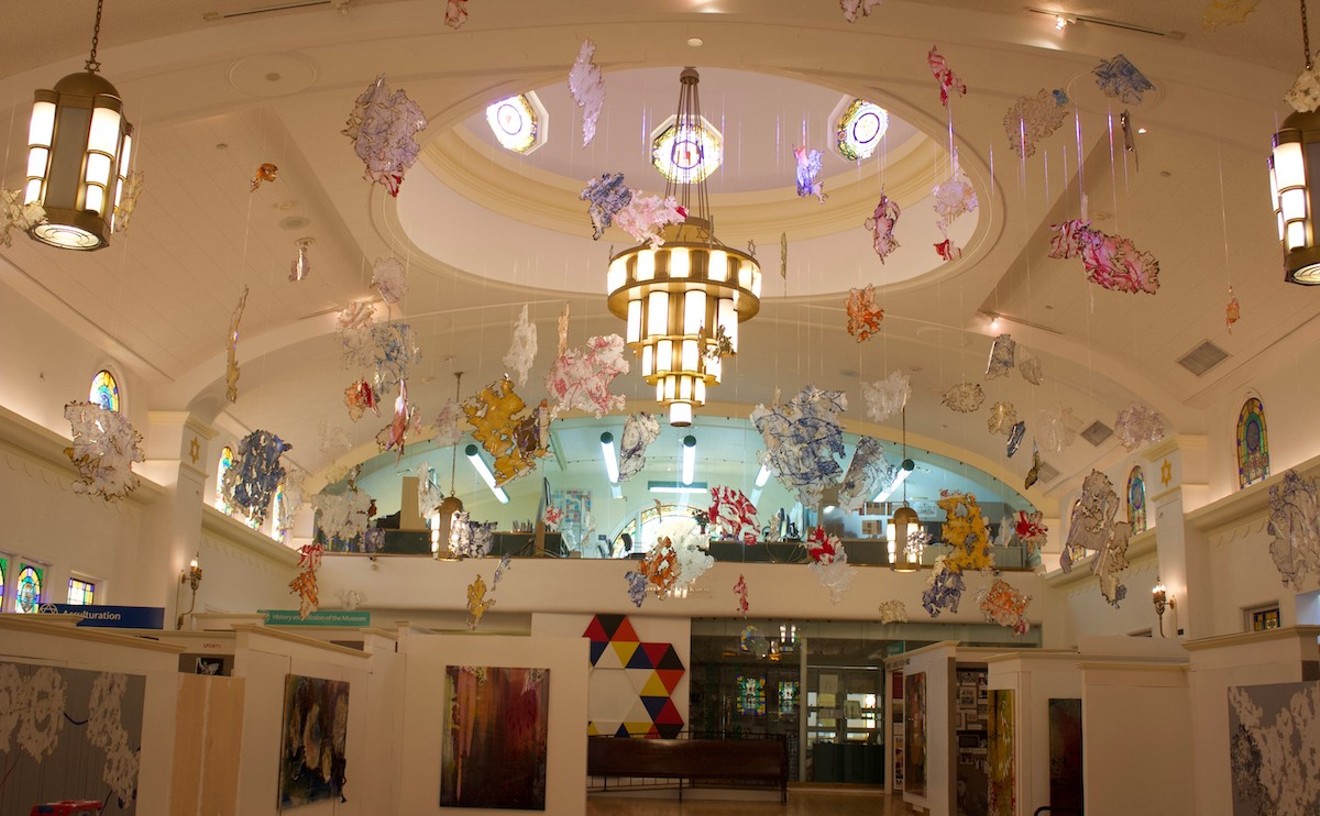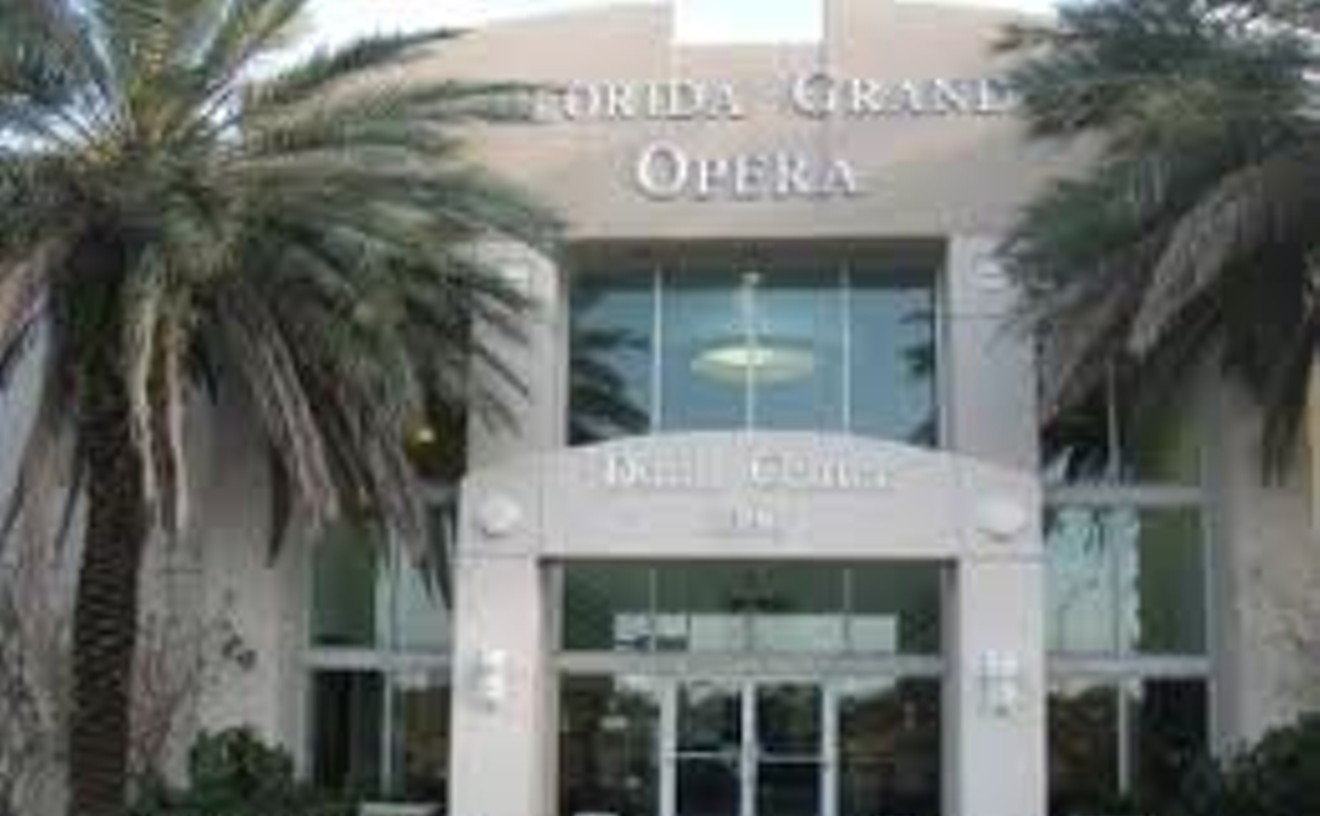You know that old saying, "He could sell popsicles to an Eskimo"?
It's officially been revised, as of March 24, 2009, to read: "He could sell taxpayers a $600 million stadium during the worst economic meltdown in modern history."
Jeffrey Loria, owner of the Florida Marlins, put on a clinic in chutzpah this spring when he steamrolled through the city and county commissions with a $634 million deal for a retractable-roof stadium in Little Havana.
All this while the American economy death-spiraled and South Florida sank under a real estate market tanking harder than Dontrelle Willis's career. And best of all, Loria persuaded the council to pay for most of the deal — all but $120 million worth — with taxes.
Loria, who earned his billions selling art, is officially the Rembrandt of chutzpah.








